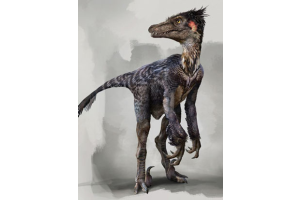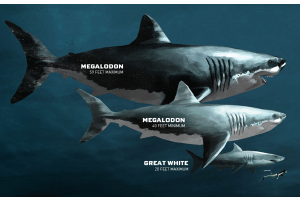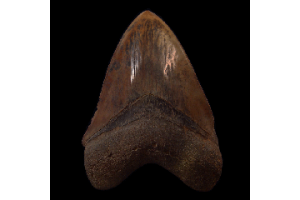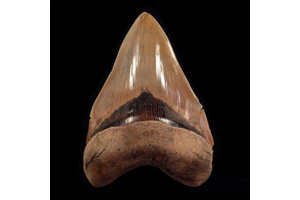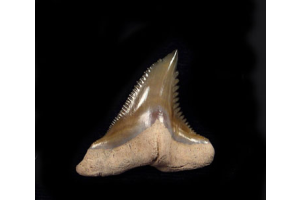Trilobites went entirely extinct at the end of the Permian period. During this period all species of trilobites were extinguished and the pattern of decline for trilobites had been apparent since the end of the Ordovician. Towards the end of the Devonian period, Phacopidae went extinct and all of the orders had gone barren, except the Proetida. This order prevailed into the Carboniferous. Today, these trilobites considered as buries treasures and we have a huge number of beautifully created Moroccan trilobites for sale. They were copious during the Paleozoic period, but went extinct at the end of the era.
We have different catalogs of these popular fossils. We have also fixed an affordable price for each one of our fossils. Let’s have a look at some of the highly popular trilobites available in our catalog.
Coltraneia oufatenensis:
This genus of trilobite lived during the upper Emsian and the lower Eifelian period. Apart from Morocco, they are found in the countries like Germany, and Spain. We have two kinds of Coltraneia oufatenensis including XM18 that is 1-11/16" in size and XM13 that is 2-1/8" in size.
Cornuproetus antlatiasus:
This genus of trilobite is very rare and referred to Diademaproetus. We have two kinds of Cornuproetus antlatiasus from the middle Devonian period and from Djebel Issoumour area, Atlas Mts. Morocco. The size of the XM19 is 1-3/16" and the size of the XM20 is 1-1/8".
Crotalocephalina gibbus:
This genus of trilobite lived from the late Silurian period to the early Devonian period. The remains of this genus are found in Asia, Australia, Africa and Europe. We have a beautifully prepared museum quality specimen of Crotalocephalina gibbus trilobite in 3" size.
Apart from the above, we have a number of other trilobites including, Cyphaspis tafilaltense, Dechenella burmeisteri, Dechenella burmeisteri, Dicranurus monstrosus, Gerastos granulosus, Harpes sp., Hollardops mesocristata, Kayserops sp., etc. These trilobites vary in size and price. You may visit our “Gift Ideas” menu to find out these extinct species of fossils. They are really wonderful.






